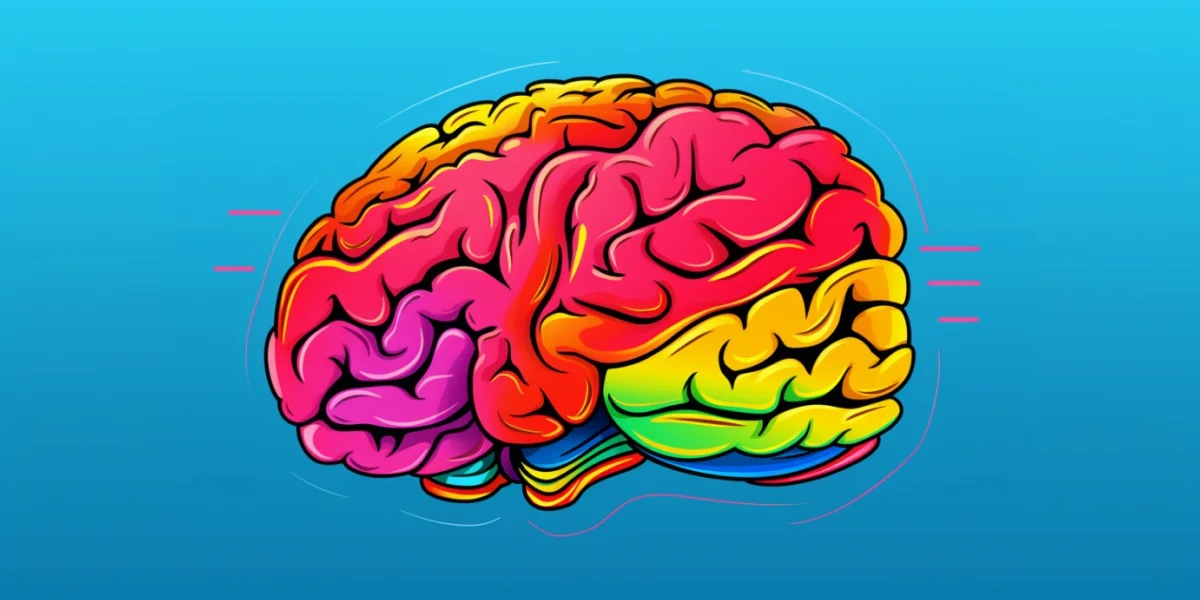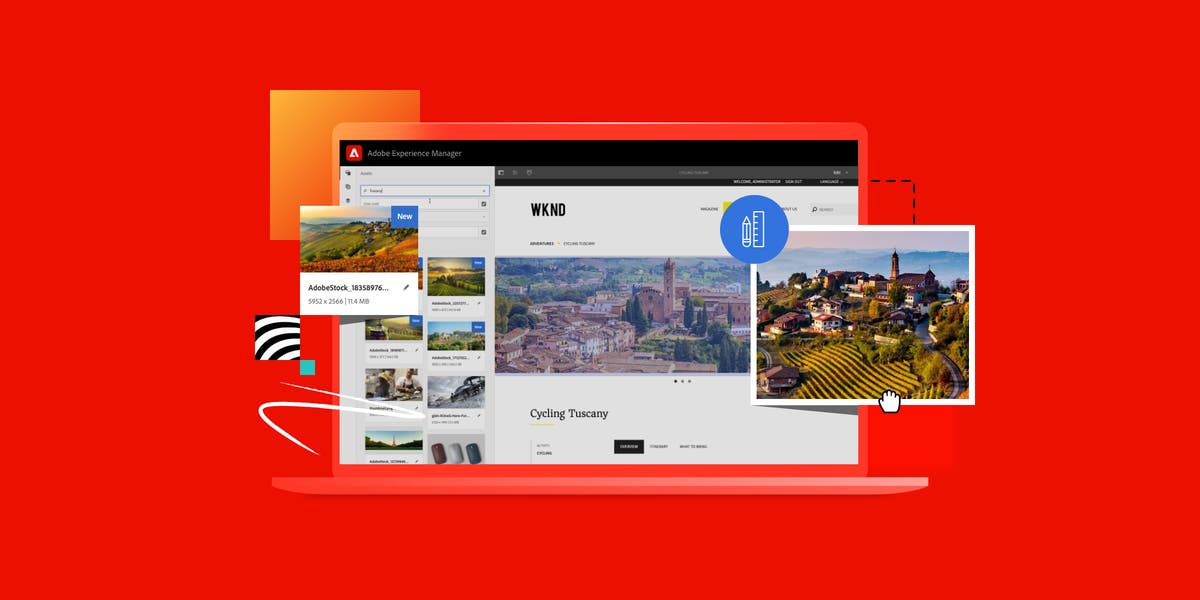In today’s digital age, the importance of a well-designed website cannot be overstated. Whether you’re a seasoned web designer looking to refine your skills or a newcomer eager to delve into the world of web development, mastering the art of web design is essential for creating engaging and user-friendly online experiences.
Understanding the Basics
At its core, web design encompasses a diverse range of disciplines, including graphic design, user interface (UI) design, and coding. To excel in this field, it’s crucial to have a solid understanding of the fundamental principles that govern effective web design. This includes grasping concepts such as layout, typography, color theory, and usability.
Responsive Design and Accessibility
With the proliferation of smartphones and tablets, designing websites that are responsive and accessible across various devices and screen sizes has become paramount. A comprehensive guide to web design should cover techniques for creating responsive layouts, optimizing images, and ensuring accessibility for users with disabilities.
The Role of Content and Visuals
Compelling content and visuals are the lifeblood of any successful website. From attention-grabbing headlines to stunning images and videos, the content you choose plays a crucial role in engaging visitors and keeping them on your site. Moreover, understanding how to structure content for optimal readability and SEO can significantly impact your website’s performance and visibility on search engines.
Navigating the World of Design Tools and Technologies
In the ever-evolving landscape of web design, staying abreast of the latest tools and technologies is essential. From industry-standard software like Adobe Photoshop and Illustrator to modern web design platforms such as Sketch and Figma, mastering these tools can streamline your workflow and enhance your design capabilities. Additionally, familiarity with HTML, CSS, and JavaScript is indispensable for bringing your designs to life on the web.
User Experience (UX) Design
At its essence, web design is about creating intuitive and enjoyable experiences for users. A comprehensive guide to web design should delve into the principles of user experience (UX) design, exploring topics such as user research, wireframing, prototyping, and usability testing. By prioritizing the needs and preferences of your target audience, you can design websites that are both aesthetically pleasing and highly functional.
Continuous Learning and Improvement
Web design is a dynamic and ever-evolving field, and mastering it is an ongoing journey. Whether through online courses, workshops, or community forums, embracing a mindset of continuous learning and improvement is essential for staying ahead of the curve. By staying curious, experimenting with new techniques, and seeking feedback from peers and mentors, you can elevate your skills and take your web design prowess to new heights.
In conclusion, mastering web design is a multifaceted endeavor that requires a blend of creativity, technical proficiency, and a deep understanding of user needs. By immersing yourself in the principles and practices outlined in this comprehensive guide, you can embark on a rewarding journey towards becoming a proficient and successful web designer.




